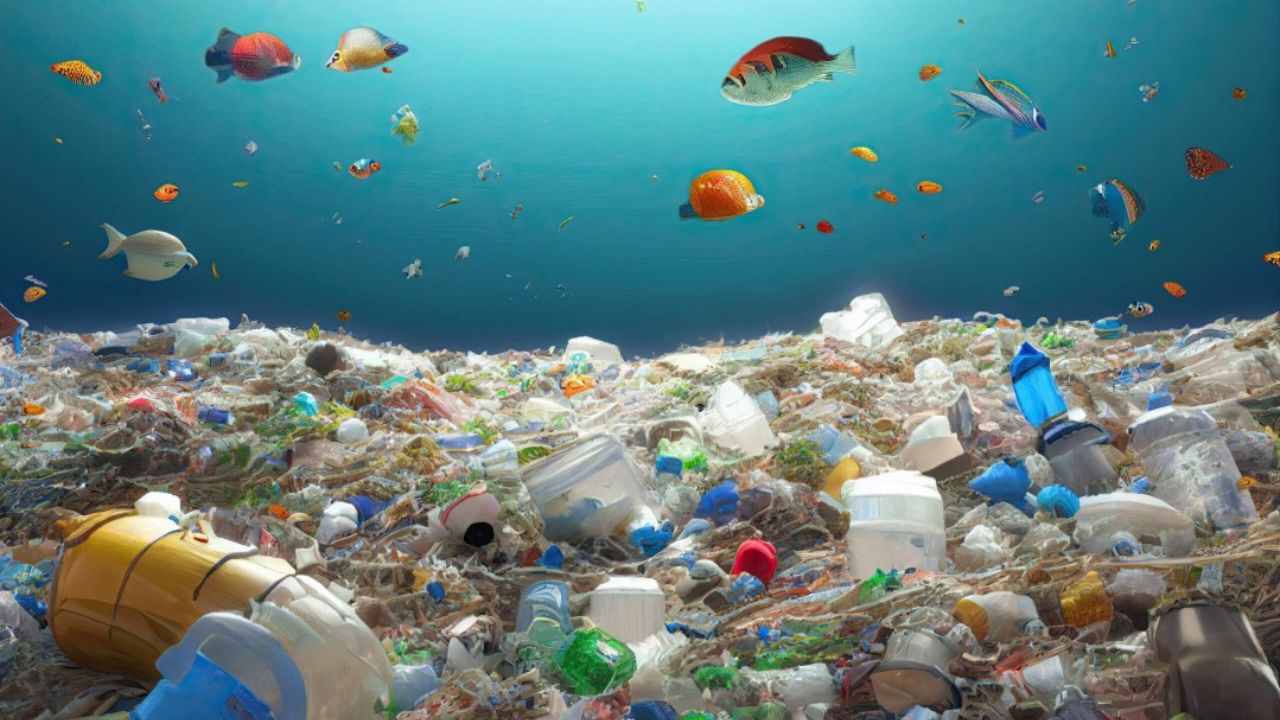Microplastics, tiny plastic particles less than 5mm in size, have emerged as a significant environmental concern in recent years. While much attention has been given to their presence in the oceans, the issue of microplastic pollution in freshwater ecosystems has received less scrutiny. This article delves into the extent of microplastic contamination in freshwater environments, its sources, and the potential implications on aquatic life.
Sources of Microplastic Pollution in Freshwater Ecosystems:
The primary sources of microplastics in freshwater ecosystems are diverse and range from urban runoff and industrial discharges to the fragmentation of larger plastic debris. Urban areas contribute significantly through stormwater runoff, carrying microplastics from various plastic-based products, litter, and synthetic clothing fibers into rivers and lakes. Moreover, industries may inadvertently release microplastics during their manufacturing processes, further exacerbating the contamination levels.
Transport and Fate of Microplastics:
Once microplastics enter freshwater bodies, they face various transport mechanisms. The movement of water, wind, and even bioturbation by organisms can disperse microplastics across long distances. They may also settle in sediments, leading to potential accumulation and further exposure to benthic organisms. Understanding the fate of microplastics in freshwater ecosystems is crucial to assess their overall impact on aquatic life.
Impact on Aquatic Life:
The presence of microplastics in freshwater ecosystems poses a grave threat to aquatic life. Small organisms, such as zooplankton, may mistakenly ingest microplastics, leading to bioaccumulation up the food chain. As predatory species consume contaminated prey, the concentration of microplastics intensifies, potentially reaching harmful levels. This not only threatens the health of aquatic organisms but also raises concerns about the safety of consuming fish and other freshwater species for human populations.
Physical and Chemical Effects:
The physical effects of microplastics on aquatic life can be detrimental. Ingestion of microplastics can cause internal abrasions, leading to physical damage to organs and tissues of organisms. Additionally, these particles may obstruct digestive systems, impairing feeding and reducing nutrient uptake. Chemical effects are equally concerning, as microplastics have the ability to adsorb toxic pollutants from the surrounding environment. As a result, they may act as carriers of harmful substances, potentially increasing the toxicity of affected organisms.
Behavioral and Ecological Effects:
Microplastic pollution can also have behavioral and ecological implications for aquatic organisms. Some studies suggest that microplastics may alter the behavior of certain species, affecting their ability to find mates, evade predators, or respond to environmental cues. Furthermore, the presence of microplastics in freshwater ecosystems can disrupt food webs and alter community dynamics. This disruption may lead to cascading effects, impacting entire ecosystems and compromising their resilience to environmental stressors.
Human Health Concerns:
While the direct impact of microplastics on human health is still under investigation, there are concerns regarding potential indirect exposure. As microplastics accumulate in freshwater organisms, they may eventually reach levels that can pose health risks to humans who consume contaminated fish and other aquatic products. Furthermore, microplastics can enter drinking water sources, leading to possible ingestion by humans through tap water, adding to the concerns about their impact on human health.
Mitigation Strategies:
Addressing the issue of microplastics in freshwater ecosystems requires a multifaceted approach. Reducing the use of single-use plastics and improving waste management practices can help limit the entry of microplastics into water bodies. Additionally, implementing proper wastewater treatment technologies can help reduce the discharge of microplastics from industrial sources. Enhanced public awareness and education are also essential in fostering responsible plastic consumption and waste disposal habits.
Microplastic contamination in freshwater ecosystems is a pressing environmental challenge that demands urgent attention. Understanding the sources, transport, and fate of microplastics, as well as their effects on aquatic life, is crucial in devising effective mitigation strategies. By adopting comprehensive measures to curb microplastic pollution, we can protect the health of freshwater ecosystems, preserve biodiversity, and safeguard the well-being of both aquatic organisms and human populations.








